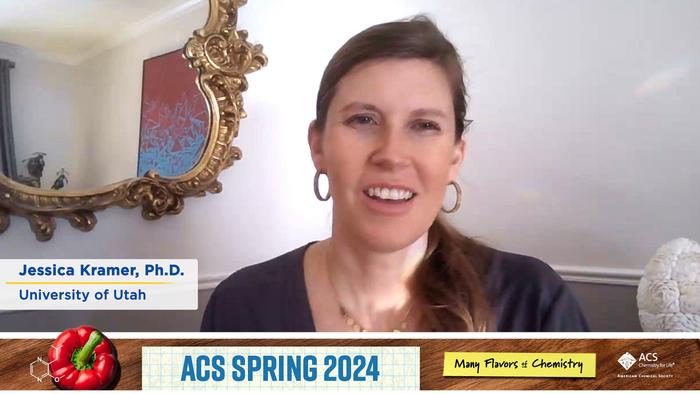“What scientists have achieved in a year since the discovery of a brand-new virus is truly remarkable,” says Emma Hodcroft from the Institute of Social and Preventive Medicine (ISPM) of the University of Bern, first author on the piece, “but the tools scientists are using to study how SARS-CoV-2 is transmitting and changing were never designed for the unique pressures – or volumes of data – of this pandemic.”
SARS-CoV-2 is now one of the most sequenced pathogens of all time, with over 600,000 full-genome sequences having been generated since the pandemic began, and over 5,000 new sequences coming in from around the world every day. However, the analysis and visualization tools used today (including Nextstrain, co-developed by Prof. Richard Neher’s group at the SIB and the University of Basel) were never designed to handle the volume and speed of sequences being generated today, or the scale of the involvement with public health response. “Across the world, genomic surveillance rests on the initiative of academic researchers to find essential answers. Public health decision making would benefit from a more sustainalble collaboration framework,” says Christophe Dessimoz at SIB and University of Lausanne.
What an improved sequencing would enable
The genetic sequences from SARS-CoV-2 hold valuable information to implementing effective pandemic policies and staying ahead of the virus. Comparing how many mutations different samples share, for example, allows scientists to track the transmission of the virus – helping to identify super-spreading events and international spread. But at the moment it can be hard to combine this genetic information with other key variables – like who attended an event, and when symptoms appeared – which could help make these methods even more informative.
The ‘R-number’ has gone from a scientific concept to a household word in the last year – it measures the average number of people an infected person will transmit to. Here, sequences can help too, by helping to pick apart imported cases from local transmission. This allows for a more accurate estimate of Re, but needs high levels of sequencing and complex analyses, which are currently not widely implemented.
Finally, sequencing is the only way to identify and track the many mutations that arise in SARS-CoV-2. While mutations are a normal part of virus life, scientists need to know which are harmless variations and which could change the virus’ transmissibility or clinical outcome. Combining sequences, lab work, and computational predictions could allow for a better understanding of mutational impacts, but there’s little framework to help these different specialities work together. “The viral data – sequences and associated metadata- must be determined, gathered and harmonized thanks to stable infrastructures compatible with the principles of Open Data to facilitate peer-review by the community and their reuse”, says Christophe Dessimoz at SIB and University of Lausanne, last author of the comment.
Benefits for Switzerland
“In Switzerland, the population could benefit from more systematic and representative sequencing, for example through better contract tracing, targeted isolation and quarantine of smaller regions, and guiding the closing and opening of schools based on the presence of certain variants”, explains Emma Hodcroft. Harmonisation of health data practices is also a critical topic. Switzerland is already putting a lots of efforts at the national level through the Swiss Personalized Health Network (SPHN).
The researchers are convinced that Switzerland’s potential in terms of expertise and infrastructure is just waiting to be tapped, to the benefit of public health. “The tools to enable research are there, and researchers have self-organized and taken the first step: to scale up and sustain these efforts to bring research and public health closer together, we rely on a sustainable public funding”, says Christophe Dessimoz.
###
Institute of Social and Preventive Medicine ISPM at the University of Bern
The Institute of Social and Preventive Medicine (ISPM) provides undergraduate and postgraduate education and carries out interdisciplinary research in the fields of social and behavioural health, clinical epidemiology and biostatistics, and international and environmental health. It also provides a wide range of postgraduate education to train students to become excellent public health researchers and to work as public health specialists. This year, the ISPM celebrates its 50th anniversary.
Swiss Institute of Bioinformatics
The SIB Swiss Institute of Bioinformatics is an internationally recognized non-profit organization, dedicated to biological and biomedical data science. Its data scientists are passionate about creating knowledge and solving complex questions in many fields, from biodiversity and evolution to medicine. They provide essential databases and software platforms as well as bioinformatics expertise and services to academic, clinical, and industry groups. SIB federates the Swiss bioinformatics community of some 800 scientists, encouraging collaboration and knowledge sharing.
The institute contributes to keeping Switzerland at the forefront of innovation by fostering progress in biological research and enhancing health.
Data scientists for life
http://www.





























